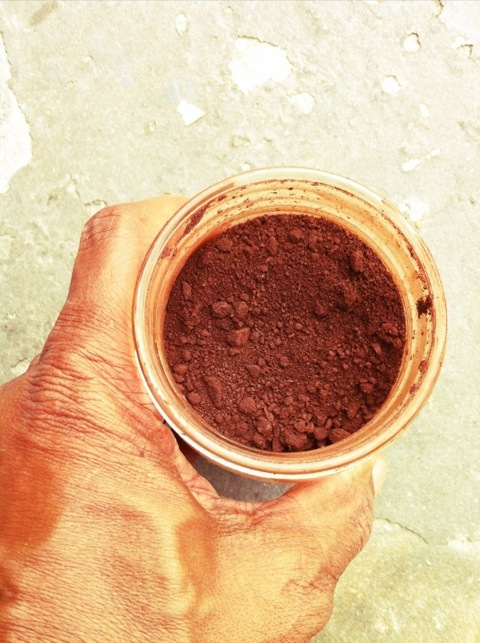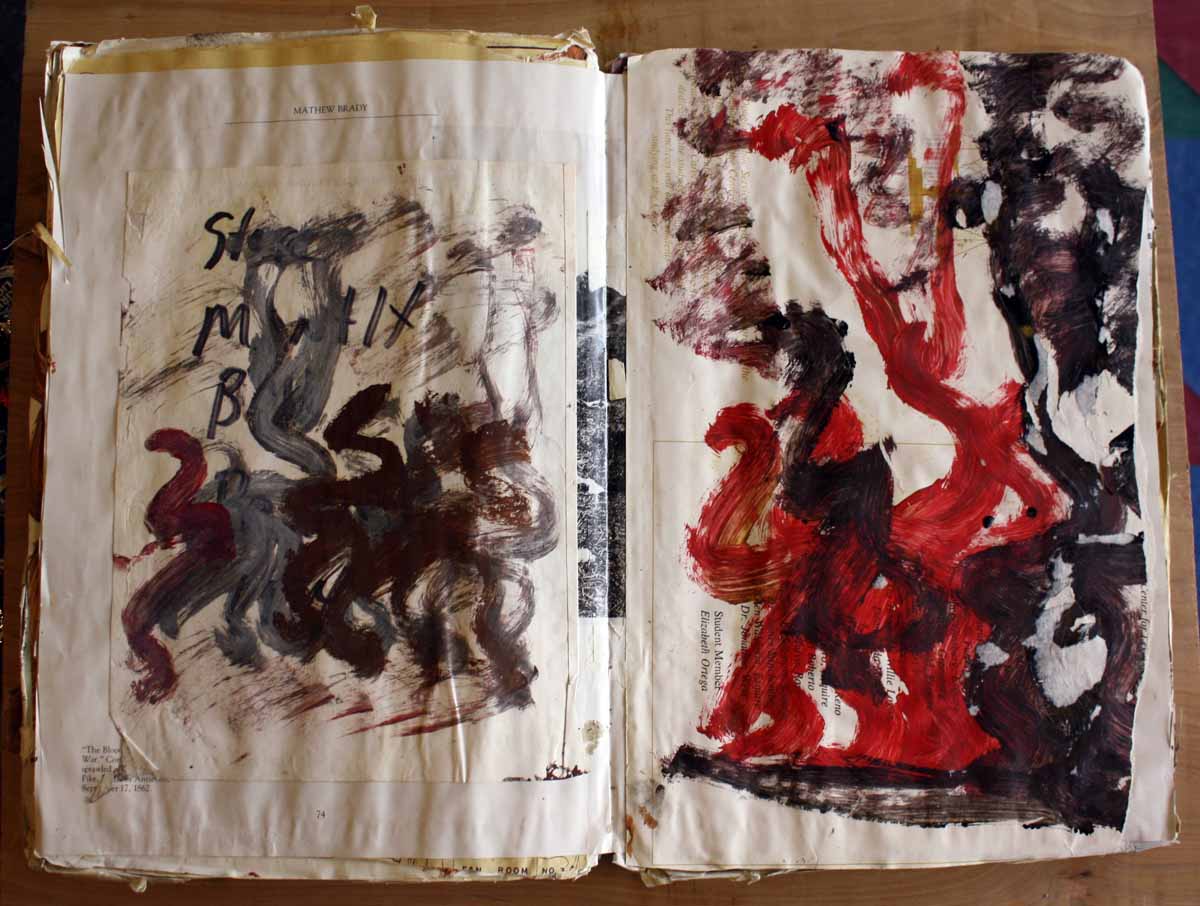Seeking submissions for a curated exhibition: of dirt, about dirt, with dirt, in a variety of media. (see below image) Submit here.
DEADLINE EXTENDED: 10 February, 2013
Required for submission: Email artist statement or artist résumé, no more than five (5) image samples (unzipped, max. dimensions of 800 x 800 pixels, 72 dpi.), and additional support materials. All submissions will be reviewed a.s.a.p.

“Dirt is not dirt, but only matter in the wrong place.” Variations of this quote have been attributed to William James, Sigmund Freud, Mary Douglas, John Ruskin and a host of others, but an 1883 issue of Longman’s Magazine confirms its author was Lord Palmerston. He aired his starched Sunday shirt on a gooseberry bush only to have it flitter into the mud, but he donned it anyway, uttering this now famous line.
It’s hard to define “dirt,” since it represents the dissolution of everything else, the final stop, the end of entropy, the common conclusion of the thousand natural shocks that the flesh is heir to. Our relationship to dirt is entirely mixed: we grow our plants in it, but hoard soaps to dissolve it in the home. We scrub it from our bodies but purchase burial plots to enclose us after we pass. We stand on the porch marveling at the beautiful rich topsoil and spend the next hour vacuuming and mopping the floor to make sure that same stuff isn’t here, just there.
Dirt became contemporary art with the Earthworks of the late 1960s, a kind of formalism that moved out of the gallery, into the ground and then out of town. It wasn’t for ecological concerns as is typical today, instead it tended to be conceptual and psychological. Now, however, land art has made a return for environmental reasons, and in the mix as well is the use of dirt and nature — nature is dirt, after all — as a timeless balm against the fragmentation of media culture. The dirt salve is the subject of at least four new books.
We will look broadly, then narrow our selections to what we consider meaningful. Thank you for your submission in advance!
